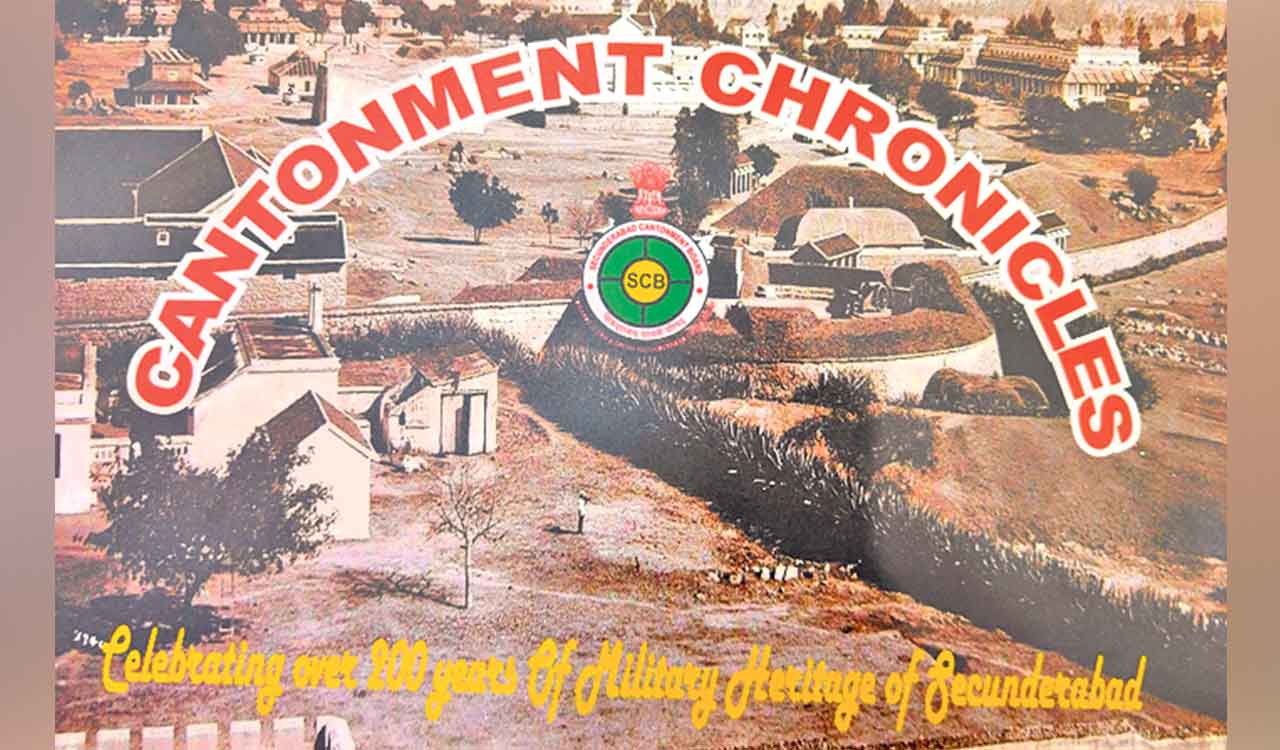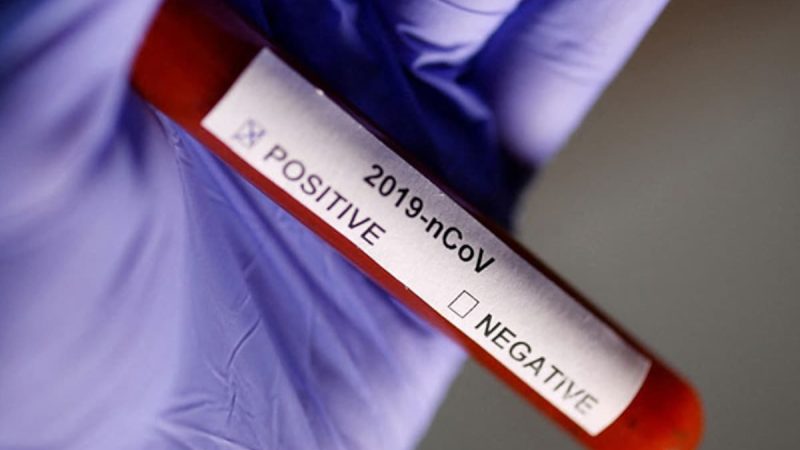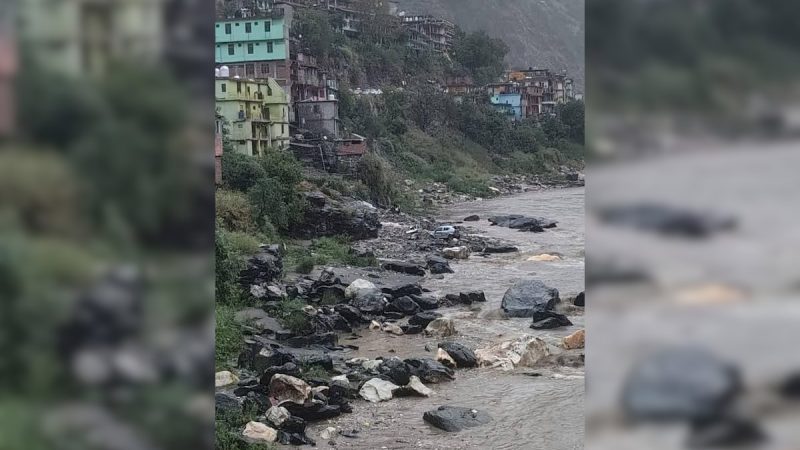Coffee table book that celebrates military heritage of Secunderabad

‘Cantonment Chronicles’, the first-ever coffee table book on vintage and heritage sites located in the civil area of Secunderabad Cantonment and Defence area, is set to be released soon
Published Date – 24 May 2025, 08:16 PM

Hyderabad: Celebrating over 200 years of military heritage of Secunderabad, a coffee table book titled ‘Cantonment Chronicles’ is all set to be released soon. This is the first-ever coffee table book on the vintage and heritage sites located in the civil area of Secunderabad Cantonment and Defence area, prepared jointly by the Defence authorities of Telangana and Andhra Sub Area (TASA).
Secunderabad Cantonment Board (SCB) Chief Executive Officer D Madhukar Naik told ‘Telangana Today’ that over 300 vintage and heritage sites, including offices, officers’ mess, residences (bungalows), institutes, war memorials, archives, quarter guard, churches, magazines, palaces and cemeteries, were identified in the Cantonment area.
A century-old military camp photograph is used as the cover page of the coffee table book.
The other photographs featured include one of the Secunderabad Cantonment Board offices, a 151-year-old historic building used for administrative purposes. The name ‘Court House’ can still be seen on the elevation of the building built in 1874. The British in those days apparently used this building for court cases, and two detention rooms to keep criminals still exist in the main hall.
Featured also is the Secunderabad Club, said to be one of the oldest elite clubs in the country, built in 1878. It was initially known as Secunderabad Public Rooms, and later the name was changed to United Services Club in 1888, and from 1903 it came to be known as the Secunderabad Club.
Another heritage site is the Military Reformatory Tirumalagiri (MRT). The military prison of Trimulgherry was very similar to the Cellular Jail of Andaman’s Island. This prison predates the Kalapani cellular jail, which was built in 1906. It spread over 5 acres and had a hanging room specifically for the execution of prisoners sentenced by the British courts. There were 75 cells, which included 40 on the ground floor and 35 on the first floor.
A major heritage palace is Rashtrapati Nilayam at Bolarum, built by Nizam Nazir-ud-Dowla in 1860, and is now the official retreat of the President of India.
Several historical churches, including St John’s Church located in Secunderabad (Marredpally) Cantonment, are printed in the coffee table book. Cemeteries, residences (SCB CEO’s official residence), hospitals and roads, having British names, are also incorporated in the book.
The Defence authorities plan to release the coffee table book next week. SCB chief executive officer, D Madhukar Naik, said the coffee table book serves as a reference for future generations.






